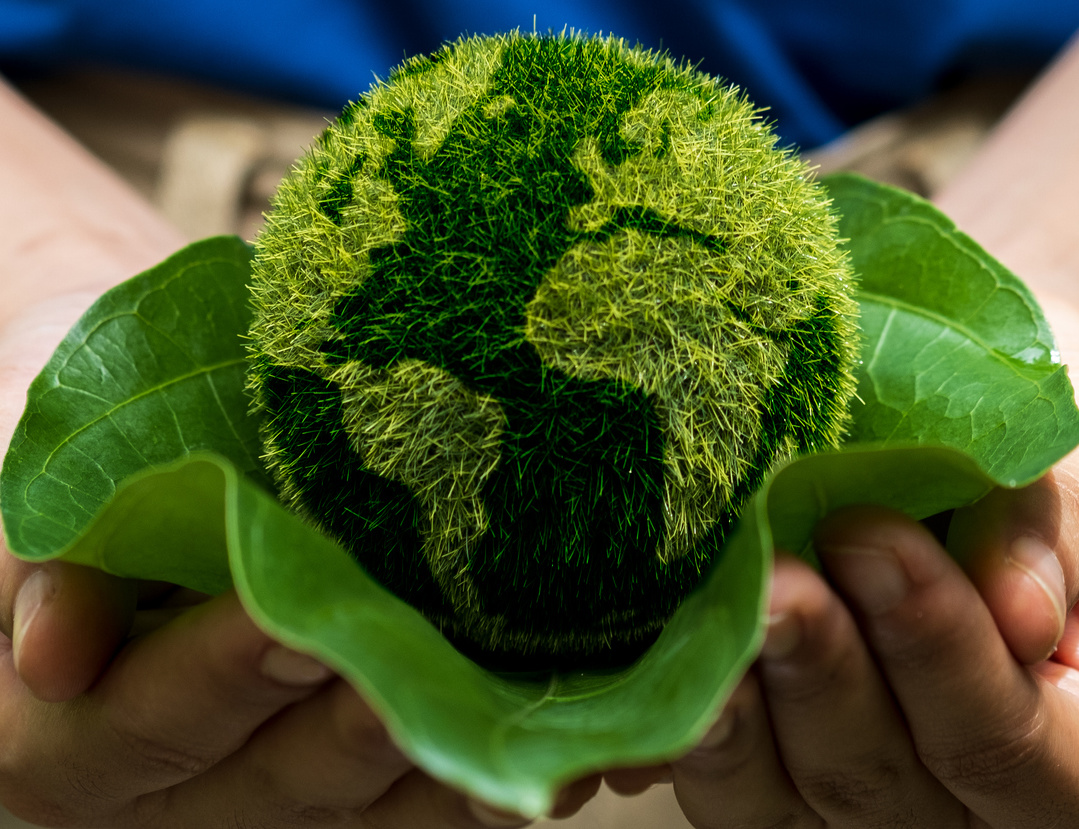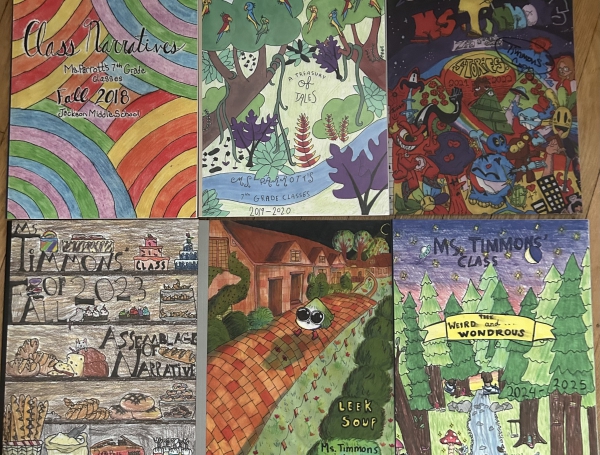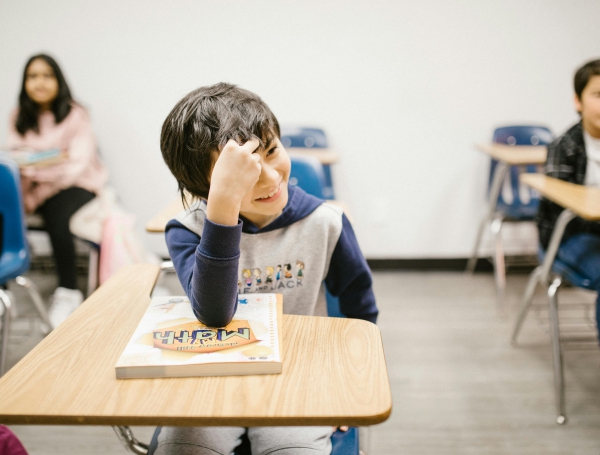

Teaching Kids About Forest Regeneration
January 24, 2023
As a multi-grade teacher in a small church school, it is hard to teach hands-on math because of time constraints. One real-world project that my co-teacher and I did was forest regeneration, and I view it as mildly successful, and there are some things I will change before I do it again.
We live in an area that has had several summers with wildland fires. Many of our forests were in some phase of regeneration. As a school, grades 1-8, we embarked on a project to learn about the uses of timber in our area and within the United States. We had the students gather statistics about lumber costs, the amount of lumber exported and imported, the uses of lumber, and we touched on logging and reforestation. This part of the project is the less successful part. When I do it again, I will find websites with good easy to understand statistics and put a link on our school website. The students needed help finding websites that gave good information and were understandable at a grade school level.
After gathering the statistical data, we discussed the importance of our forests and the logging industry. We did this as a school and then visited a local museum featuring the history of logging in our area, the importance of lumber, forest regeneration, and general forest information.
The most fun part of the project was taking the students out to a forest that had been burned several years before and having them look for signs of the different stages of forest regeneration. They found good evidence that the forest was regrowing and would be a healthy forest in the coming years. We put them in groups with an iPad and had them take pictures to make into a movie about forest regeneration. This was another area that was difficult for many of the students. I don't know how I would change this. Instead of each group making individual movies, we could make one as a school to share with parents.
In the end, the students better understood forest regeneration, but they also gained skills in gathering statistical data and using it to drive their learning. They also learned to understand the statistical data they collected.
Overall, the project was a success. The students learned how to interpret data in an actual life situation within their community.
This guest article was written by Carol Hartzell while taking the online continuing education course Hands-On Math: Real World Applications by THI instructor Suzanne Warner.




